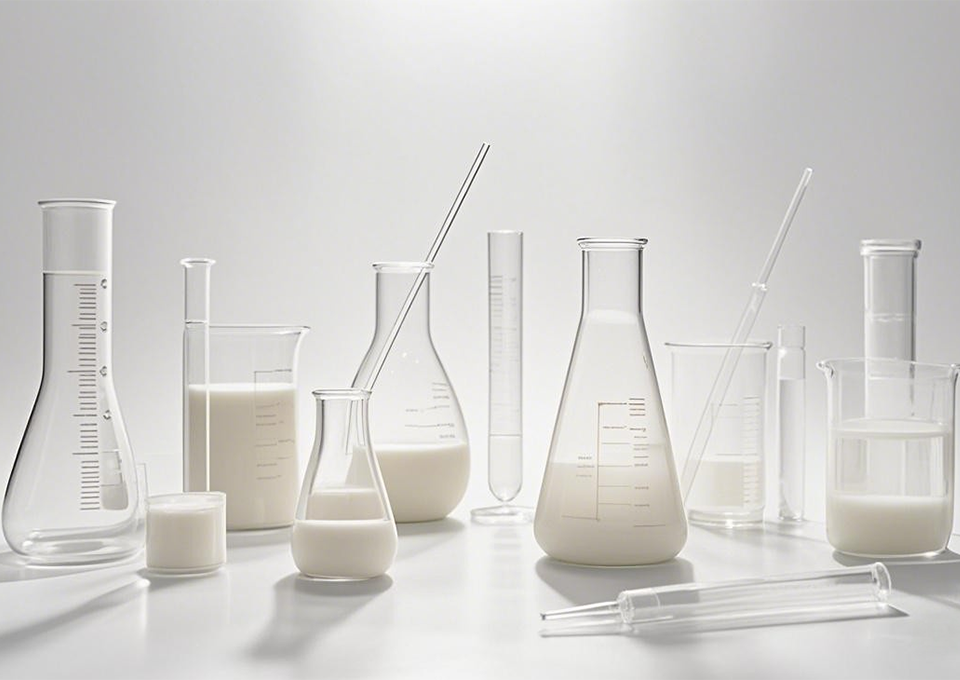Odor reduction in acrylate emulsion is a significant consideration for applications in consumer products, medical devices, and indoor coatings, where strong odors can be unpleasant or even problematic for user health. Odors in acrylate emulsion typically originate from residual monomers, volatile organic compounds (VOCs) released during polymerization, or additives used in the formulation. E Plus Chemical Co., Ltd. addresses this through several technical approaches, starting with the use of high-purity monomers such as 2-ethylhexyl acrylate (2EHA) with 99% purity, produced via advanced catalytic polymerization technology. High-purity monomers reduce the presence of impurities that can contribute to off-odors. The polymerization process is also optimized: precise control over reaction parameters in fully automated production lines ensures complete monomer conversion, minimizing residual unreacted monomers, which are a common source of odor. Additionally, the company employs stripping techniques, such as vacuum distillation, to remove volatile compounds from the emulsion after polymerization. The selection of low-odor emulsifiers and additives is another key factor; E Plus Chemical carefully chooses components that are stable and emit minimal VOCs. For applications like medical tapes, where odor sensitivity is high, the company’s OEM customization services allow for further refinements in formulation to meet strict odor thresholds. Testing for odor reduction involves sensory evaluations by trained panels and instrumental analysis to measure VOC levels, ensuring compliance with industry standards and customer requirements. By integrating these strategies, E Plus Chemical produces acrylate emulsion with significantly reduced odor, making it suitable for use in environments where low-odor properties are essential.
